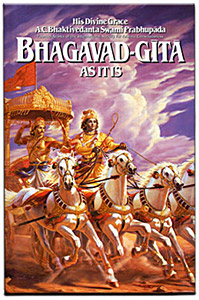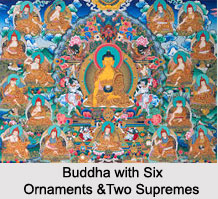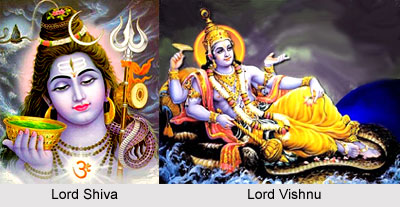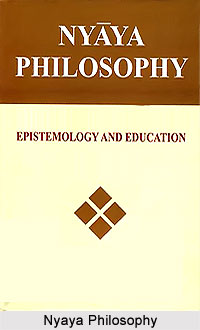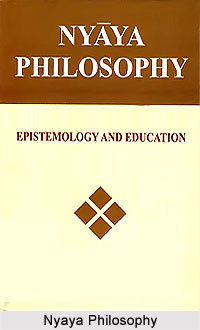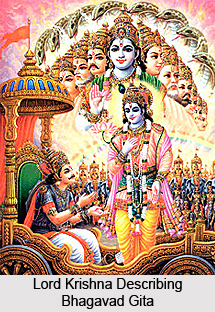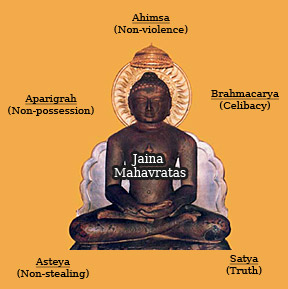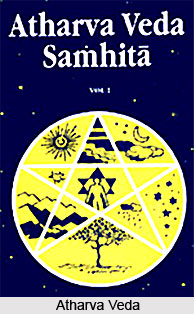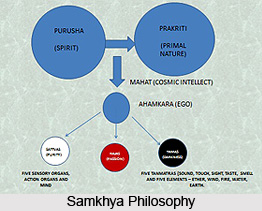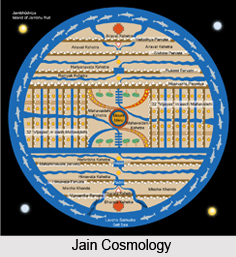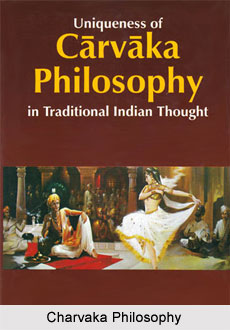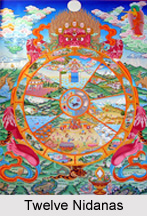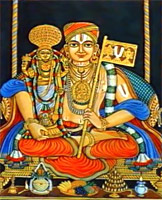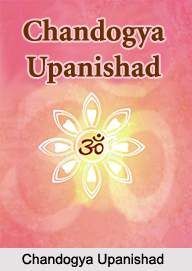 Chandogya Upanishad is one of the oldest Upanishad. It has been ranked ninth in the Muktika canon of hundred and eight Upanishadas and is linked with the Sama Veda. The Upanishad has been written during the Vedic Brahmana period. The 9th Khanda of second chapter of Chandogya Upanishad states about the meditation on the Sevenfold Saman as the Sun. According to it one must adorn the sevenfold Saman as the sun. As it remains the same hence it is known as Sama. It is known as saman as it helps to share the same thought. One must be aware that all objects are dependent on the sun. The syllable `Him` is what a person is before he rises. All animals depend on Him. Hence, all animals repeat the word `Him` before rising of the sun. By this they participate on the syllable Him of the Sun. The Prastava is what the sun is immediately after it has risen. All men depend on it. Hence, all love praises and being honoured. By this they participate on the Prastava of the Saman. The Adi is whet it is when the rays spread. All birds are dependent on it. Hence, the birds are able to support themselves in the sky and fly from place to place. By this they participate in the Adi of that Saman. The Udgitha is what the sun is at midday. All the gods are dependent on it. Hence, they are regarded as the supreme of the offspring of Prajapati. By this they participate in the Udgitha of that Saman. The Pratihara is what the sun is after midday and before afternoon. The foetuses are dependent on it. Hence, they remain in the womb after being conceived and do not fall. By this they participate in the Pratihara of the Saman. The Upadrava is what the sun is after the afternoon and before sunset. All the animals staying in the forest are dependent on it. Hence, when they see a man they run back to the forest in their individual caves. By this they participate in the Upadrava of that Saman. The Nidhana is what the sun is after the sunset. The Manes are dependent on it. Hence, they put them down (nidadhati). By this they participate in the Nidhana of that Saman. Thus, a person adorns and meditates on the sevenfold Saman as the sun.
Chandogya Upanishad is one of the oldest Upanishad. It has been ranked ninth in the Muktika canon of hundred and eight Upanishadas and is linked with the Sama Veda. The Upanishad has been written during the Vedic Brahmana period. The 9th Khanda of second chapter of Chandogya Upanishad states about the meditation on the Sevenfold Saman as the Sun. According to it one must adorn the sevenfold Saman as the sun. As it remains the same hence it is known as Sama. It is known as saman as it helps to share the same thought. One must be aware that all objects are dependent on the sun. The syllable `Him` is what a person is before he rises. All animals depend on Him. Hence, all animals repeat the word `Him` before rising of the sun. By this they participate on the syllable Him of the Sun. The Prastava is what the sun is immediately after it has risen. All men depend on it. Hence, all love praises and being honoured. By this they participate on the Prastava of the Saman. The Adi is whet it is when the rays spread. All birds are dependent on it. Hence, the birds are able to support themselves in the sky and fly from place to place. By this they participate in the Adi of that Saman. The Udgitha is what the sun is at midday. All the gods are dependent on it. Hence, they are regarded as the supreme of the offspring of Prajapati. By this they participate in the Udgitha of that Saman. The Pratihara is what the sun is after midday and before afternoon. The foetuses are dependent on it. Hence, they remain in the womb after being conceived and do not fall. By this they participate in the Pratihara of the Saman. The Upadrava is what the sun is after the afternoon and before sunset. All the animals staying in the forest are dependent on it. Hence, when they see a man they run back to the forest in their individual caves. By this they participate in the Upadrava of that Saman. The Nidhana is what the sun is after the sunset. The Manes are dependent on it. Hence, they put them down (nidadhati). By this they participate in the Nidhana of that Saman. Thus, a person adorns and meditates on the sevenfold Saman as the sun.


